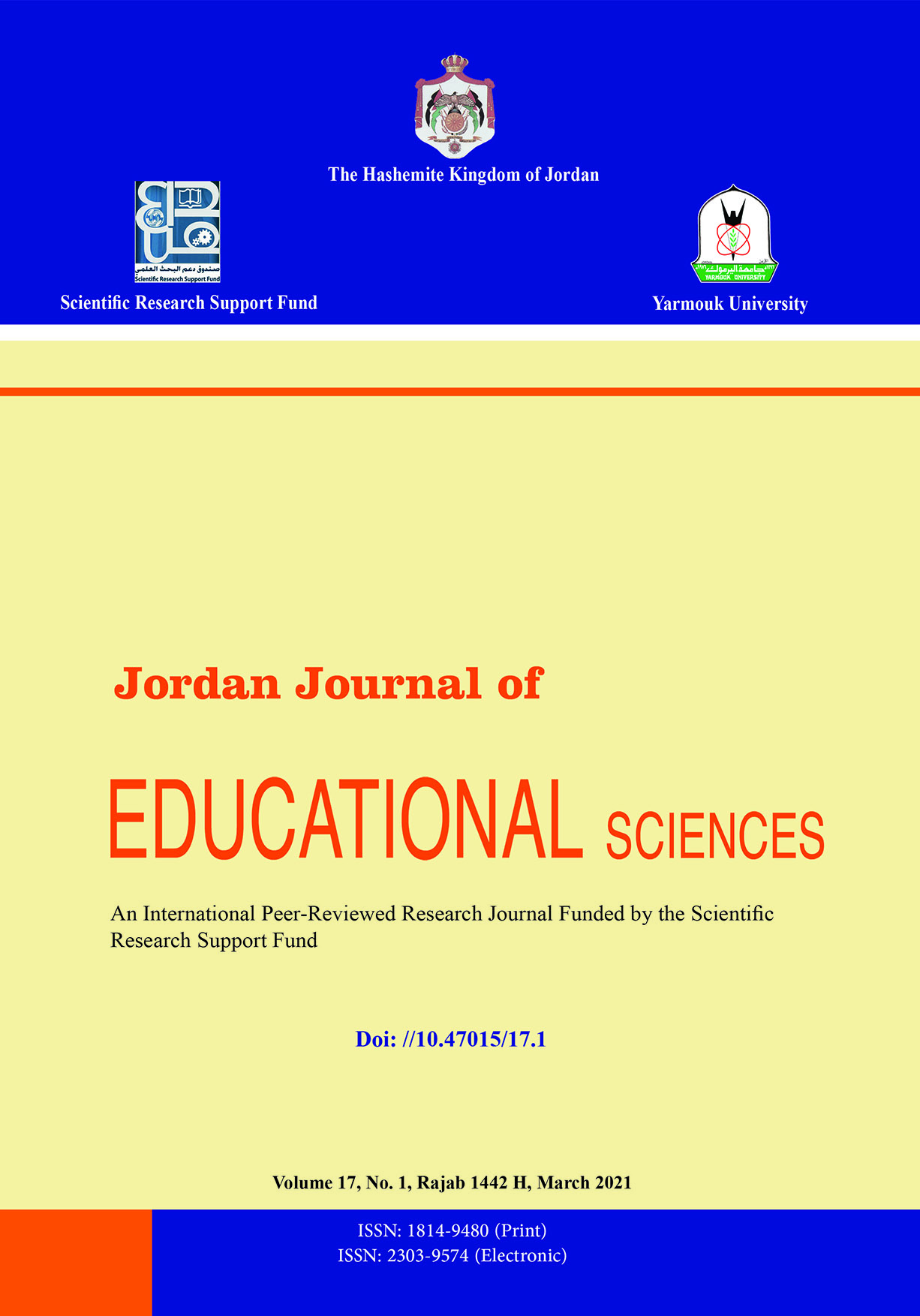Determinants of University Students’ Motivation to Use Educational Technology: A Path Analytic Study
Keywords:
Social Learning Theory, Self-Efficacy, University Students, Motivation, Educational Technology, and Path AnalysisAbstract
The objective of the present study was to model and
test the extent to which previous success, educational
technology (ET) anxiety, and instructor-provided training
influenced ET efficacy beliefs, and subsequent motivation to
use ET in the university classroom. Social Learning Theory
(Bandura, 1982) was used as the theoretical framework to
develop hypotheses and to test relationships. The results,
based on a sample of 282 students, supported the hypothesized
causal model. Previous success had a positive direct effect on
self-efficacy (β = 0.10) and negative effect on anxiety (β = -
0.23). Training had a negative direct effect on anxiety (β = -
0.41) and positive effect on self-efficacy (β = 0.43). Anxiety
had a negative direct effect on self-efficacy (β = -0.20).
Finally, self-efficacy had a positive direct effect on motivation
(β = .17). This study provides some evidence that this model is
helpful in determining students’ motivation to use ET.

